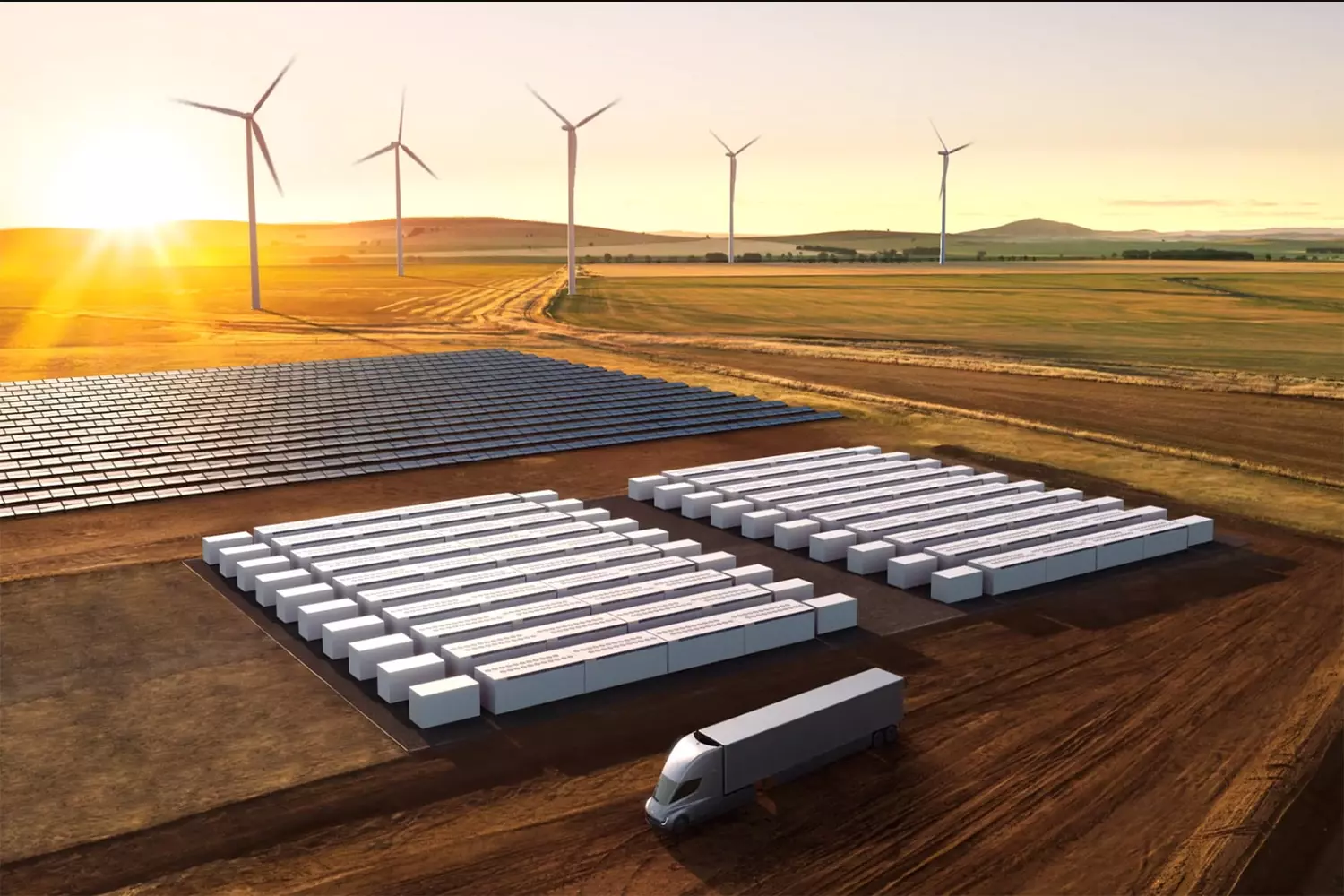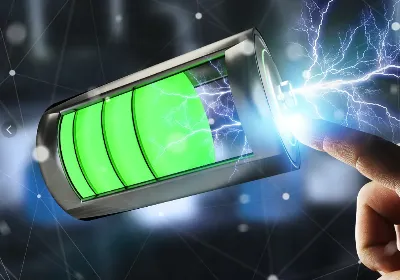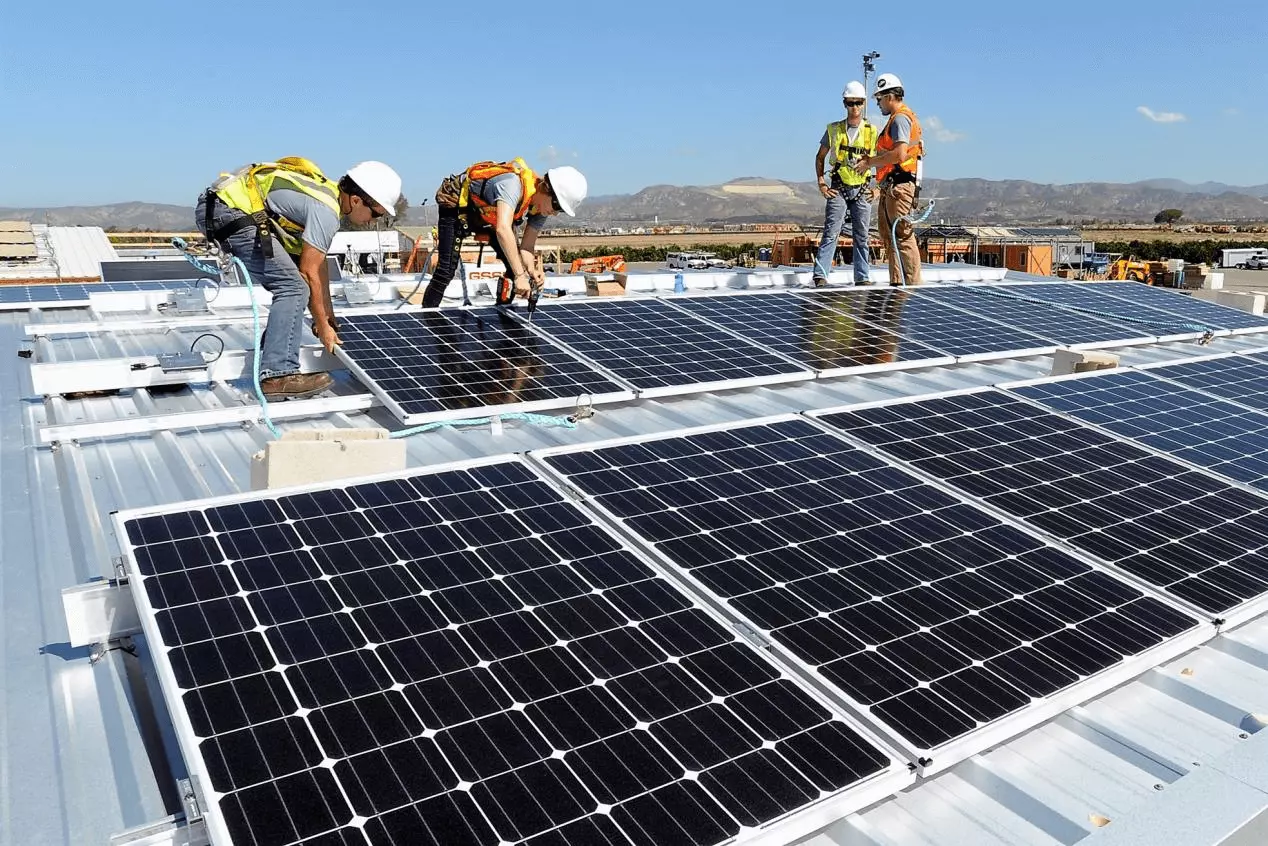How to Crack the Safety Risk of Energy Storage Battery
How to Crack the Safety Risk of Energy Storage Battery
In recent years, the energy storage industry has ushered in explosive growth.
In order to better seize the market and seek higher economic benefits, energy companies continue to optimize the structure and design of energy storage batteries to achieve greater energy density and longer service life. Combing some leading energy storage manufacturing companies, the development of “large capacity” has also become an important trend at present.
The laminated short knife L500 type 325Ah energy storage battery produced by Honeycomb Energy is only 21MM thick, which is 2/3 thinner than the 280Ah energy storage battery;
The 315Ah energy storage cell product of Envision Power has increased the energy density by 11% on the basis of keeping the size unchanged;
The 320Ah large-scale energy storage battery produced by Penghui Energy has a single capacity increase of 14%;
EVE Lithium Energy has launched a 560Ah ultra-large-capacity energy storage cell, and a single battery can store 1.792kWh of energy;
However, the large capacity also ushers in new challenges for the development of energy storage batteries.
As the capacity increases, the energy density inside the battery also increases correspondingly, which leads to higher energy release and more severe safety risks.
In recent years, fires and explosions in energy storage power stations have occurred from time to time, and serious cases may even cause employee casualties. The security of energy storage systems has always been a topic of concern.
At the 4th New Energy Vehicle and Power Battery (CIBF2023 Shenzhen) International Exchange Conference, Ouyang Minggao, an academician of the Chinese Academy of Sciences, said that lithium iron phosphate batteries are generally considered to be relatively safe, and this is true for small lithium iron phosphate batteries in essence. However, for a large-capacity battery, the internal temperature can exceed 800 degrees, which exceeds the decomposition temperature of the lithium iron phosphate cathode.
For small-sized batteries, because there is a chain reaction in the middle, there is a partition, and the positive electrode material is basically not decomposed until it is above 500 degrees, so small batteries are not in this range. However, the capacity battery may reach 700-900 degrees, and it may break through and cross the separator, causing the decomposition of the positive electrode material. The current energy storage batteries are basically more than 300 ampere-hours (Ah), which is still very dangerous.

On the one hand, it is necessary to expand capacity and reduce costs, and on the other hand, it is necessary to maintain the bottom line of security risks. How to balance the two?
The energy storage industry attaches great importance to battery safety
While energy storage power stations are developing toward large capacity, energy storage safety and fire protection will also face more severe tests. Safety is the bottom line for the development of the energy storage industry.
According to statistics from the Zhongguancun Energy Storage Industry Technology Alliance, since 2011, there have been more than 70 energy storage safety accidents worldwide. In 2022, there will be 17 energy storage accidents worldwide, excluding household storage.
The China Electric Power Research Institute pointed out in the accident analysis report that there are two major causes of the explosion of the energy station: on the one hand, the root cause of the combustion and explosion of the lithium-ion battery is the thermal runaway of the battery. For example, the safety and quality of the energy storage battery cannot be guaranteed. Thermal runaway; on the other hand, the BMS, PCS, transformer and related relay protection equipment and communication equipment included in the battery energy storage system may have quality defects, non-standard installation and commissioning process, unreasonable settings, and insufficient insulation. , directly or indirectly cause safety problems in the energy storage system.
In the event of an accident, in addition to the hazards caused by the fire and explosion itself, toxic chemicals may also be released to cause chemical hazards, and even electrical hazards or physical hazards may occur when relevant personnel repair or rescue the energy storage system.
The demand for energy storage temperature control and fire protection has increased. The 2014 edition of the national standard “Code for Design of Electrochemical Energy Storage Power Stations” has been difficult to meet the rapid development of energy storage safety requirements. In addition to the national standards, there are only some enterprise standards, group standards, local standards, American standards NFPA855, UL9540, etc. as references. Energy storage safety standards still need to be further regulated.
The new national standard for energy storage safety GB/T 42288-2022 “Safety Regulations for Electrochemical Energy Storage Power Stations” was approved by the State Administration for Market Regulation (Standards Committee) and will be officially implemented in July this year. The energy storage safety standards are gradually improving and becoming stricter, moving toward standardization , A new stage of large-scale development.
Due to the frequent accidents of energy storage power stations, my country’s energy storage safety standards are moving closer to global standards, and are constantly improving and becoming stricter. The importance of energy storage fire protection and temperature control systems is expected to be significantly enhanced, and further development is expected.
How can energy storage power stations be safer?
Yang Yusheng, an academician of the Chinese Academy of Engineering, believes that at present, high-energy batteries such as high-nickel ternary batteries should not be the focus of development, and there is uncertainty about the success of all-solid-state batteries. At present, it seems that lithium iron phosphate battery has high safety and long life, and it does not use metals such as nickel or cobalt. It can become the main force, but the cost performance must be continuously improved.
According to Huidong, the chief expert of China Electric Power Research Institute, theoretically speaking, lithium iron phosphate is not absolutely safe, but relatively safe. The safety accidents of energy storage power stations seen so far often occur when the early warning is missing or lagging behind. In addition, the existing fire protection measures are not configured for fires, and eventually turn into serious accidents.
According to the incomplete statistics of the CNESA global energy storage database, there will be many ternary lithium-ion battery accidents in 2021-2022, but the ternary battery projects are rarely used in the past two years, and they are basically previous projects. There are 6 cases of lithium iron phosphate, 1 lead-acid battery, and the remaining battery types are unknown.
Of course, with the key position of energy storage in the “double carbon” goal and the increase in the number of projects put into operation, energy storage safety supervision and related research are also receiving more and more attention.
Academician Ouyang Minggao said recently that the explosion index of lithium iron phosphate in large-capacity batteries is twice that of ternary batteries.
In the face of numerous energy storage technology routes, many experts said that although there are many battery technology routes at present, these existing technologies will not be the mainstream route in the future, and disruptive technologies will definitely appear in the future.
In the future, the goal of electrochemical energy storage technology is “low cost, long life, high safety, and easy recycling”, which awaits disruptive innovation and breakthroughs in technology.
In order to improve the safety of energy storage power stations, a series of measures need to be taken:
First of all, the construction of an early warning system should be strengthened, including real-time monitoring of parameters such as temperature, voltage, current, and pressure of energy storage power stations, so as to ensure that potential safety risks can be detected and responded to in a timely manner. Secondly, in view of the particularity of energy storage power stations, special fire protection measures and emergency plans are established to deal with emergencies such as fires. In addition, pay attention to the design and process of the battery system, adopt advanced heat insulation materials and heat dissipation technology, effectively control the temperature and energy release of the battery, and reduce potential safety hazards. At the same time, strengthen personnel training and management to ensure that operators have the necessary safety knowledge and skills to correctly respond to various emergencies.
The National Energy Administration also stated that it is necessary to strengthen grid-connected acceptance. Power grid enterprises should actively cooperate with the grid connection and acceptance of electrochemical energy storage power stations, and prevent “sick grid connection” for power stations that do not meet the requirements of national (industry) grid connection technical standards. The scheduling operation plan should be optimized, and the safe scheduling interval of the power station should be specified in the grid-connected scheduling agreement, and strictly implemented.






